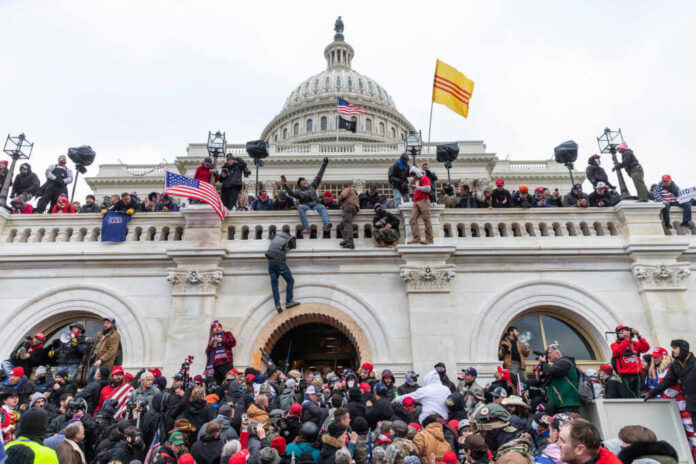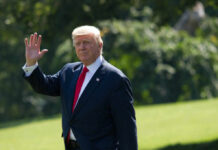
In a move that has sparked both anticipation and controversy, House Speaker Mike Johnson (R-LA) and House Republicans have initiated the release of extensive video footage from the events of January 6, 2021, at the U.S. Capitol. This release, which marks a significant step toward increased transparency, fulfills a long-standing promise made by the GOP, aiming to shed more light on the day’s occurrences that have been mired in political narratives.
The collection of 44,000 hours of video is expected to provide ample content that may challenge the prevailing narrative established by Democratic leaders regarding the Capitol riot. This extensive footage can offer exculpatory evidence for some of the defendants involved in the January 6 cases, as well as contradict certain aspects of the story that Democrat-affiliated sources have widely disseminated.
Just What 'Security Concerns' Do Democrats Have in Releasing J6 Video?https://t.co/cThp4pxS7b
— PJ Media (@PJMedia_com) November 18, 2023
The decision to release the footage has not been without its detractors, especially from the Democratic side, where concerns have been raised about the safety and security implications of making such sensitive content public. The criticism suggests that the unfiltered release could inadvertently expose critical security details of the Capitol building and compromise the safety of individuals present that day. Notwithstanding these concerns, the push for disclosure underscores a commitment to transparency that resonates with a significant portion of the American public, who seek a more comprehensive understanding of the events that unfolded.
Proponents of the video release argue that access to information is a foundational principle of democracy, necessary for holding governing bodies accountable and fostering an informed electorate.
Prepare to be shocked. This release will reveal the insidious truth that the left and the corrupt officials at FBI/DOJ do NOT want Americans to see.
No less than 5-10 key Democrats will announce they’re retiring from Congress. Don’t doubt me. https://t.co/6OQfYBG6Rn
— Rep. Clay Higgins (@RepClayHiggins) November 18, 2023
Republicans have emphasized the importance of truth and transparency in releasing the videos. They contend that the public has the right to view the events of January 6 unfiltered to form their own opinions based on the full context of what occurred.
President Trump lauded Speaker Johnson’s decision to release the J6 tapes, expressing his view that the footage will “explicitly reveal what really happened on January 6.” His commendation came through a post on Truth Social, where he celebrated Speaker Johnson for displaying courage and fortitude in making the tapes available to the public.
This gesture by the 45th President underscores the conviction among many Republicans that the videos will provide clarity and potentially counteract what they perceive as a one-sided narrative of the January 6 events. Trump’s reaction adds to the significant public interest in the tapes and signals his endorsement of the GOP’s push for a re-examination of that tumultuous day.
The release of the footage is also poised to play a significant role in the ongoing discourse about the events of January 6. As the country continues to grapple with the implications of that day, the footage provides an opportunity for independent analysis and perhaps a re-evaluation of the collective understanding of the protests and the alleged involvement of federal intelligence agencies. It challenges the singular narrative and opens the door for a more nuanced conversation about balancing national security and the public’s right to information.



























